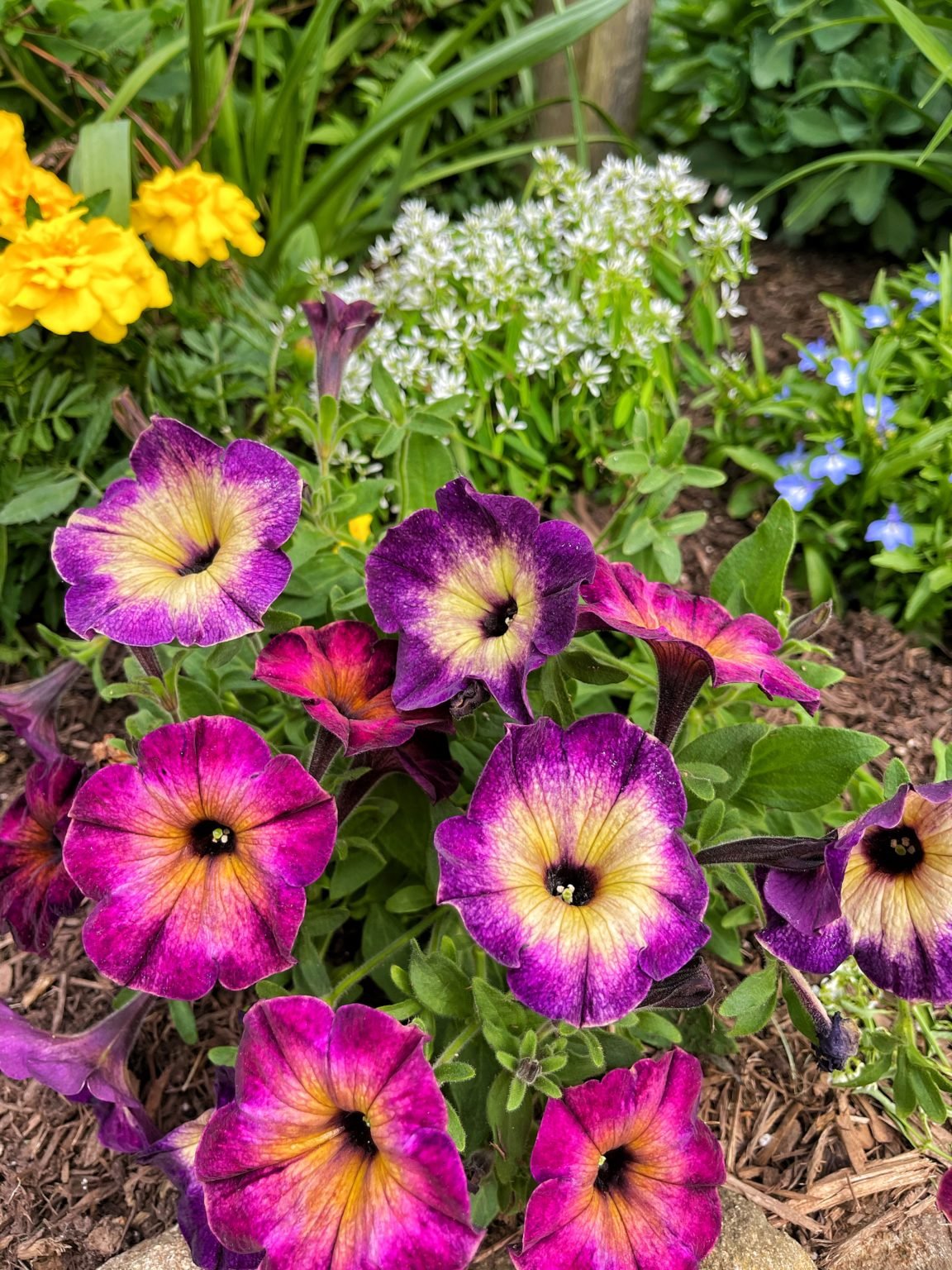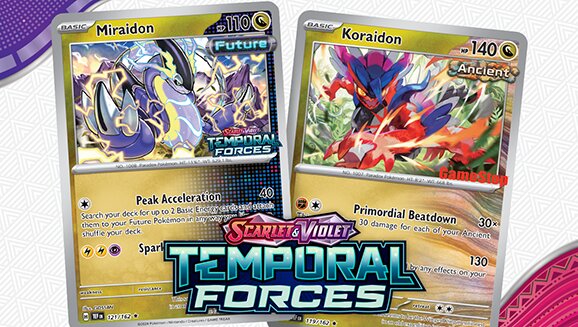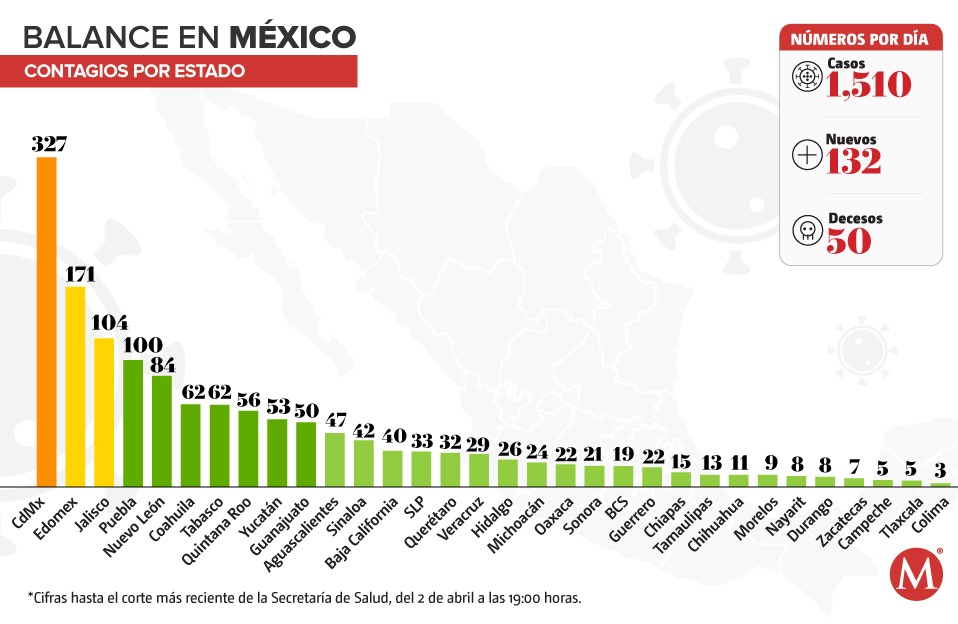Annuals Or Perennials? A Guide To Choosing The Perfect Plants

Table of Contents
Understanding Annual Plants
Annual flowers complete their entire life cycle – from germination to seed production and death – within a single growing season. These short-lived plants are known for their fast growth and vibrant displays of seasonal color. This makes them an excellent choice for quickly filling gaps in your garden beds or adding a splash of color to containers. Their relatively short lifespan means you'll need to replant them each year, but the wide variety of colors and types available ensures there's always something new to explore.
- Provide vibrant color quickly: Annuals are perfect for instant gratification in your garden.
- Relatively low cost: Seed packets or small plants are generally inexpensive.
- Wide variety of colors and types available: From classic red geraniums to bright yellow sunflowers, there's an annual flower for every taste.
- Need to be replanted each year: This is a key difference from perennials and needs to be factored into your garden plan.
- Often require more frequent watering: Annuals often have shallower root systems, leading to higher water needs, especially during hot, dry spells.
Examples of popular annual flowers: Zinnias, petunias, impatiens, marigolds, sunflowers, cosmos, nasturtiums, and salvia.
Exploring Perennial Plants
Perennial flowers, in contrast to annuals, live for more than two years, returning year after year to grace your garden with their beauty. These long-lasting plants offer a long-term investment in your landscape, providing structure and consistent interest throughout the seasons. While their initial growth may be slower than that of annuals, their longevity and reduced maintenance requirements make them a popular choice for many gardeners. However, they might require occasional division or pruning to maintain their vigor and prevent overcrowding.
- Come back year after year: Enjoy their blooms season after season without the need for annual replanting.
- Often require less maintenance: Once established, perennials generally need less frequent watering and fertilizing compared to annuals.
- Can provide structure and interest to a garden: Their consistent presence adds a framework to your garden design.
- May require division or pruning: To prevent overcrowding and maintain their health.
- Can be more expensive initially: The upfront cost of purchasing established perennial plants is often higher than annuals.
Examples of popular perennial flowers: Lavender, hostas, coneflowers (Echinacea), daylilies (Hemerocallis), peonies, irises, and sedum.
Factors to Consider When Choosing Between Annuals and Perennials
The best choice for your garden depends on several factors, including your climate, available sunlight, soil type, and your personal maintenance preferences. Careful consideration of these elements will ensure you select plants that will thrive in your specific environment.
- Climate: Annuals are generally better suited to shorter growing seasons, while perennials thrive in areas with milder winters and longer growing periods. Hardy perennials are crucial for colder climates.
- Sunlight: Both annuals and perennials have varying sunlight requirements. Choose plants appropriate for the amount of sun your garden receives.
- Soil Type: Different plants have different preferences regarding soil pH and drainage. Ensure the soil conditions are suitable for your chosen plants. Amend the soil as needed to improve drainage or adjust pH levels.
- Maintenance: Annuals typically require more frequent watering, fertilizing, and deadheading (removing spent blooms) compared to perennials.
- Budget: Annuals are generally less expensive upfront, but the recurring cost of replacing them annually must be considered. Perennials represent a higher initial investment but offer long-term savings.
Combining Annuals and Perennials for Optimal Garden Design
For a truly dynamic and vibrant garden, consider the benefits of combining both annuals and perennials. This approach allows you to create a garden with continuous color and texture throughout the growing season. Use perennials as the backbone of your garden design, providing structure and year-round interest. Then, strategically incorporate annuals to fill in gaps and provide bursts of seasonal color.
- Use perennials to create a base structure in your garden. Their consistent presence provides a framework for your design.
- Plant annuals to fill gaps and add seasonal color. Annuals can quickly brighten up areas that might otherwise look bare.
- Consider the height and spread of both types of plants when planning your garden. Ensure proper spacing to prevent overcrowding.
- Experiment with different colors and textures. Combining various heights, shapes, and colors will create visual interest and depth.
Conclusion
Choosing between annual and perennial flowers is a decision that depends on your personal preferences and the specific conditions of your garden. Annual flowers offer immediate, vibrant color and are easily replaceable; perennials provide long-term beauty with less frequent planting. By carefully considering your climate, soil type, sunlight exposure, and desired maintenance level, you can select the perfect combination of annuals and perennials to create a stunning and thriving garden. Start planning your dream garden today by considering the unique attributes of both annuals and perennials!

Featured Posts
-
 Manchester United Transfer News Free Agent In Sight
May 29, 2025
Manchester United Transfer News Free Agent In Sight
May 29, 2025 -
 Game Stop Limits Pokemon Tcg Sales One Per Customer
May 29, 2025
Game Stop Limits Pokemon Tcg Sales One Per Customer
May 29, 2025 -
 Canada Us Relations Addressing The Boycott And Its Effect On Tourism
May 29, 2025
Canada Us Relations Addressing The Boycott And Its Effect On Tourism
May 29, 2025 -
 Downtown Pcc A New Era For The Corner Market
May 29, 2025
Downtown Pcc A New Era For The Corner Market
May 29, 2025 -
 Fatal Seattle Park Shooting Update On Second Arrest
May 29, 2025
Fatal Seattle Park Shooting Update On Second Arrest
May 29, 2025
Latest Posts
-
 Funcionando Ticketmaster Incidente Reportado El 8 De Abril Grupo Milenio
May 30, 2025
Funcionando Ticketmaster Incidente Reportado El 8 De Abril Grupo Milenio
May 30, 2025 -
 Ticketmaster Problemas Y Caidas Reportadas El 8 De Abril Grupo Milenio
May 30, 2025
Ticketmaster Problemas Y Caidas Reportadas El 8 De Abril Grupo Milenio
May 30, 2025 -
 Fallo Ticketmaster 8 De Abril Grupo Milenio Reporta
May 30, 2025
Fallo Ticketmaster 8 De Abril Grupo Milenio Reporta
May 30, 2025 -
 Actualizacion Ticketmaster Incidente Del 8 De Abril Grupo Milenio
May 30, 2025
Actualizacion Ticketmaster Incidente Del 8 De Abril Grupo Milenio
May 30, 2025 -
 Noticias De Ticketmaster Caida Del Sistema El 8 De Abril Grupo Milenio
May 30, 2025
Noticias De Ticketmaster Caida Del Sistema El 8 De Abril Grupo Milenio
May 30, 2025
